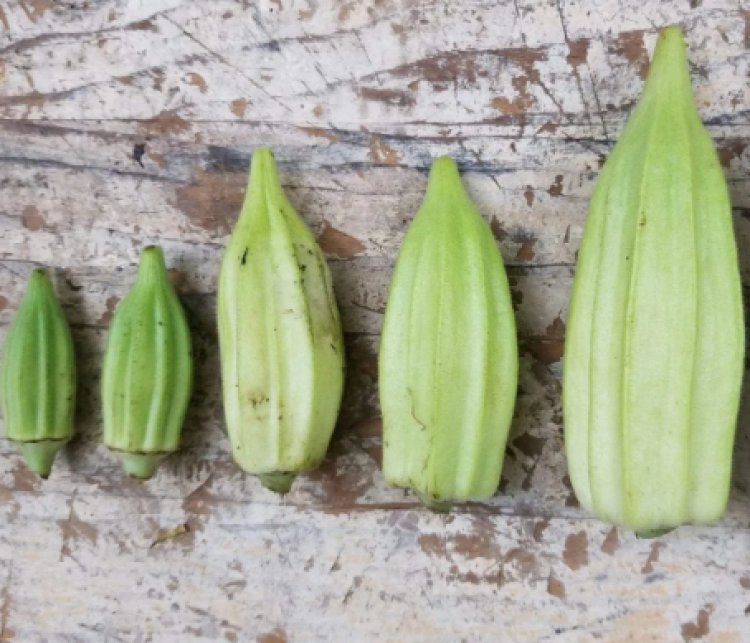How to Grow Okra from Seeds
Okra is an African plant whose tasty green seed pods have gained popularity as a side dish and a stew thickener. Okra grows well as a crop anywhere corn will grow.

Depending on the variety, the large-flowered, quickly-growing plants can grow to a height of 2 to 6 feet with vivid stems and leaves that also create lovely garden borders.
Start by growing the seeds in containers indoors and then move them outdoors when the weather warms up. If you reside in a warmer area, you can plant them right outside.
Sunlight
Okra needs five to six hours of direct sunlight each day to grow well; otherwise, the plant won't bear many fruits.
Soil
The soil's ph. level should be between 6.5 to 7 for the plant to grow at its best. You may examine the quality of your soil at home or have it tested. You can enrich the nutrition of the soil by simply adding compost to it if you would rather not alter its ph. Okra thrives on fertile soil that is rich in nutrients, by adding compost, you can improve the fertility of your soil.
While preparing the ground for planting okra, make sure you rake the soil smooth after clearing it of all rocks and rubbish.
Planting and transplanting okra

Okra seeds should be sown 7-8 inches apart and 1/2 inch deep. Make sure to leave 9 to 10 inches between each okra plant if you intend to grow them inside and transplant them later.
The seedlings should be handled with extreme caution because they are sensitive and easily damaged. Make a hole that can accommodate the complete root balls. Put the seedling in the ground, covering the roots completely.
Can you soak okra seeds before planting them?
Okra seeds can help speed up germination by soaking in hot water overnight, but it is not necessary. The embryo awakens when the seeds are soaked, therefore avoid letting the seeds dry out before planting them in the garden. Up until the seedlings emerge, water often.
Caring for okra plants

Water your okra plants every morning to ensure that it has enough moisture to last the entire day. When the seedlings are about 3 inches tall, thin them out to provide space between them. Remove the weaker seedlings and thin out the smaller ones. Keep weeds and unwanted pests away from your plant. Remove any undesirable plants you find. Use a DIY insecticide and take care of your plant to keep the bugs at bay.
Harvesting okra
After planting, your first crop will be ready in 45 to 50 days. Harvest the product once every two days starting when it is 2-3 inches tall. Simply cut them off just above their caps with a pair of scissors. Another pod will begin to develop from the identical area once you make a cut. A few days after the okra blossoms have faded, begin harvesting. Okra should continue to be harvested until the plant stops producing it.
When taking care of okra plants remember that they have huge, hairy leaves and tiny spines on their pods, which both have the potential to irritate the skin. When handling, think about using gloves and/or long sleeves. The pods of "spineless" varieties don't have this issue. No matter what kind, eating okra does not cause inflammation.

Conclusion
Start growing by purchasing high-quality seeds and care for the okra plants well enough to ensure a constant supply of the product. Okra takes up to 50 days to attain maturity and can produce okra for ten to twelve weeks. Okra needs rich, well-drained soil and direct sunlight to grow properly and produce good harvests.



























